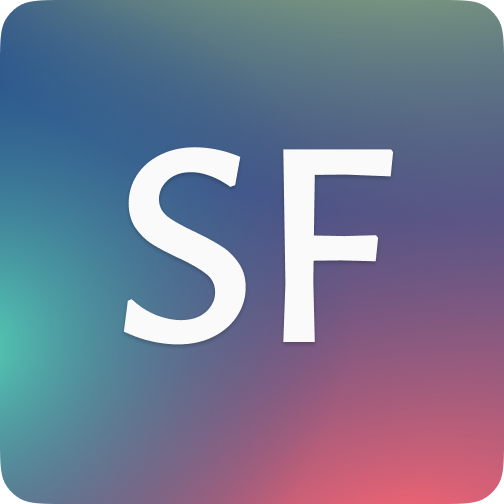VR prototyping in Unity with Oculus Quest 2
Goal
Gain more hands-on experience using Unity for VR prototyping with a focus on C# scripting and Oculus SDK.
How
Design and prototype a fully functional product color swatch in Oculus Quest2 using hand interactions within the constraint of a 5 day-project.
Prototype Demo
Design & Prototyping Process
Takeaways
Three challenges stood out while building this prototype:
determining 3d objects’ positions working for average human height is difficult, especially for arm-length interactions, where the impact of users' height differences became more prominent
learning the ever-changing Oculus SDK which has a very limited amount of tutorials out there, I found the best way to learn is through Oculus’ documentation
troubleshooting on my own as I had to read and research a ton on the Unity forum to learn C# scripting & debugging rapidly
What’s next?
I only had 5 days, but given more time I still wouldn’t:
combine Raycasting and Hand interactions as I think the added complexity for users would not be worth it
use passthrough mode because in its current state (blurry black and white) it doesn’t feel natural
Given more time (and budget), I would definitely explore:
investing in a better graphics card to enable Oculus Link, so I don’t waste time compiling and side-loading APKs each time to test small changes
using different rendering pipelines in Oculus because Unity’s built-in pipeline doesn’t render transparent material very well
incorporating other interaction gestures, such as poking to select colors, to make the experience even more natural and intuitive


